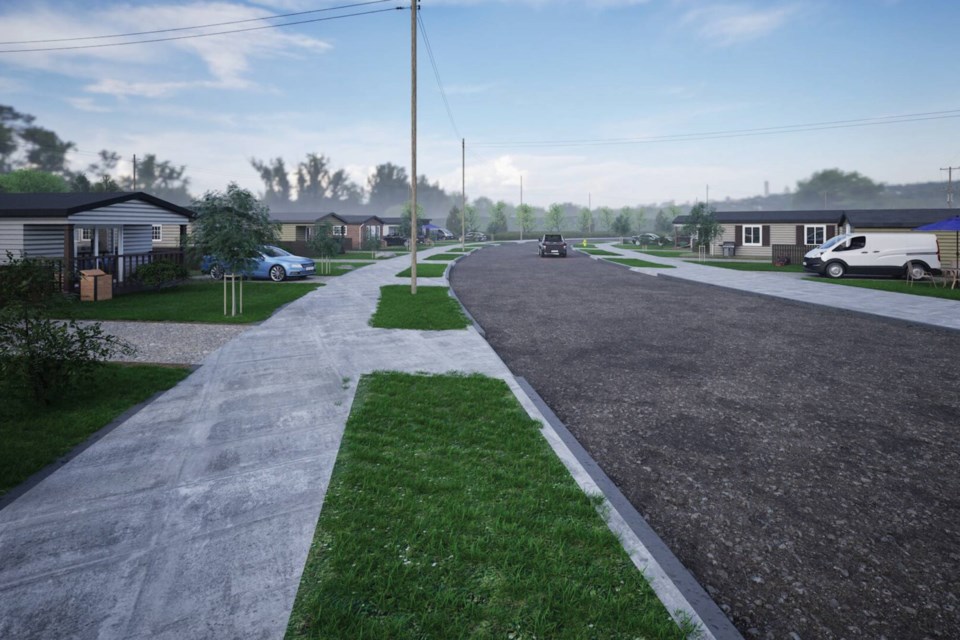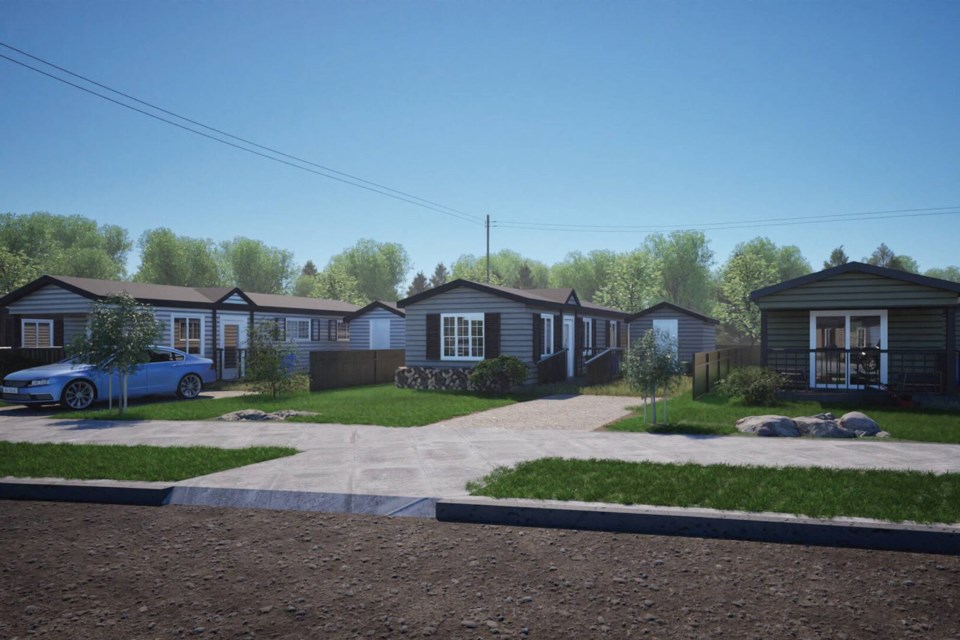Affordable housing is a Canada-wide issue that many municipalities struggle with. Marathon, Ont., about three hours east of Thunder Bay on the North Shore of Lake Superior, is no different.
The town has seen its share of booms and busts through the rise and fall of forestry to the more recent Hemlo gold rush starting in the 1980s and now critical minerals.
That cycle is complicated by what Marathon CAO Daryl Skworchinski calls a dynamic demographic of people and their shifting housing needs. Today, the town has about 4,500 residents. But with plans in the works for two new mines in the area in the near future, the town is poised for growth once again.
“We’re definitely planning for expansion,” Skworchinski said. “The mining sector is driving that.”
Affordable housing is a primary focus, and is built right into Marathon’s Action Plan.
In the last two years, the town has opened two multi-residential units. A 30-unit building, operated by Ontario Aboriginal Housing Services, opened in 2023. Another 50-unit building, operated by the Marathon Municipal Non-Profit Housing Corporation and subsidized by the District of Thunder Bay Social Services Administration Board, opened earlier this year.
“Both projects bring (a combined) 80 new units onto the market — affordable-style housing,” Skworchinski said. “We donated the land and all the services for those projects. Those amounted to a couple of million dollars.
“We’ve been highly supportive of housing projects, and very proactive.”
Likely, the next housing project for Marathon is a 20-unit “tiny home” subdivision. Each unit would include approximately 500 to 650 square feet each with bedroom, bathroom, and living space on the inside with included landscaping and shed in the backyard. Skworchinski said the preliminary price of each tiny home for the homeowner is estimated at around $125,000.
The town’s next step is to find a builder. The likely candidate would be a modular home builder that manufactures in a shop and ships to site, Skworchinski said. The tiny homes will have the same footprint, but may have different interior layout options.
Skworchinski sees two potential markets for tiny homes: younger couples in town who might see it as a stepping stone to a single-family dwelling and retired couples or single people who want to stay in Marathon but want to downsize.
The subdivision will be developed on a historic site in Marathon: the original site where the first trailers housed pulp and paper workers when the mill was built in the 1940s. Skworchinski said that the town set aside about three-quarters of its $1.9 million in Housing Accelerator Fund (HAF) funding for subdivision site prep. Marathon was one of the smallest towns in Canada to secure this federal funding.
He said that depending on when the spring thaw occurs, they could conceivably put services in starting next April and have all 20 houses onsite by October.
A much larger subdivision is also in the works. Penn Lake Heights was first built in the early gold rush days of the 1980s. Now, Phase II is in the planning stages.
“What we’re envisioning is a number of different options for family dwellings,” Skworchinski said.
He said that the 105-lot subdivision is designed to be flexible.
“The lots aren’t just cookie cutters,” he said. Lots vary in size, elevation (including some with a view of Lake Superior), and price points. There could be a mix of different types of housing including traditionally built homes and modular homes, large homes and small.
“We’re really open to innovative ways of doing things,” Skworchinski said. “I think there is still demand for the stick-build — we’re seeing, coming out of the pandemic, supply chain and costs come back in line.”

Housing is just one aspect of any livable town, and Marathon is improving community services as well.
A new Active Living Centre is in the late planning stages and could go to tender as early as January 2025.
The 73,000-square-foot multiplex will feature a hockey rink, two swimming pools, gallery space, and community gathering rooms. The town is working closely with nearby Biigtigong Nishnaabeg First Nation to make it a welcoming space for Indigenous residents and a learning space for non-Indigenous.
“It’s connected to the vision we have for the community: creating infrastructure projects that retain our residents and attract new ones.”
Skworchinski also pointed to recent commercial developments including a new Tim Hortons, new Travelodge, and upgrades at the local Canadian Tire.
At the municipal level, affordable housing is about supporting residents.
“We’ve looked at affordable housing as part of our overall community planning process for over a decade,” Skworchinski said. “The genesis of it was making sure we were ready to support new mining developments, but also to support the demographic shifting in the community. We’re seeing ... a rebirth of the community.”




